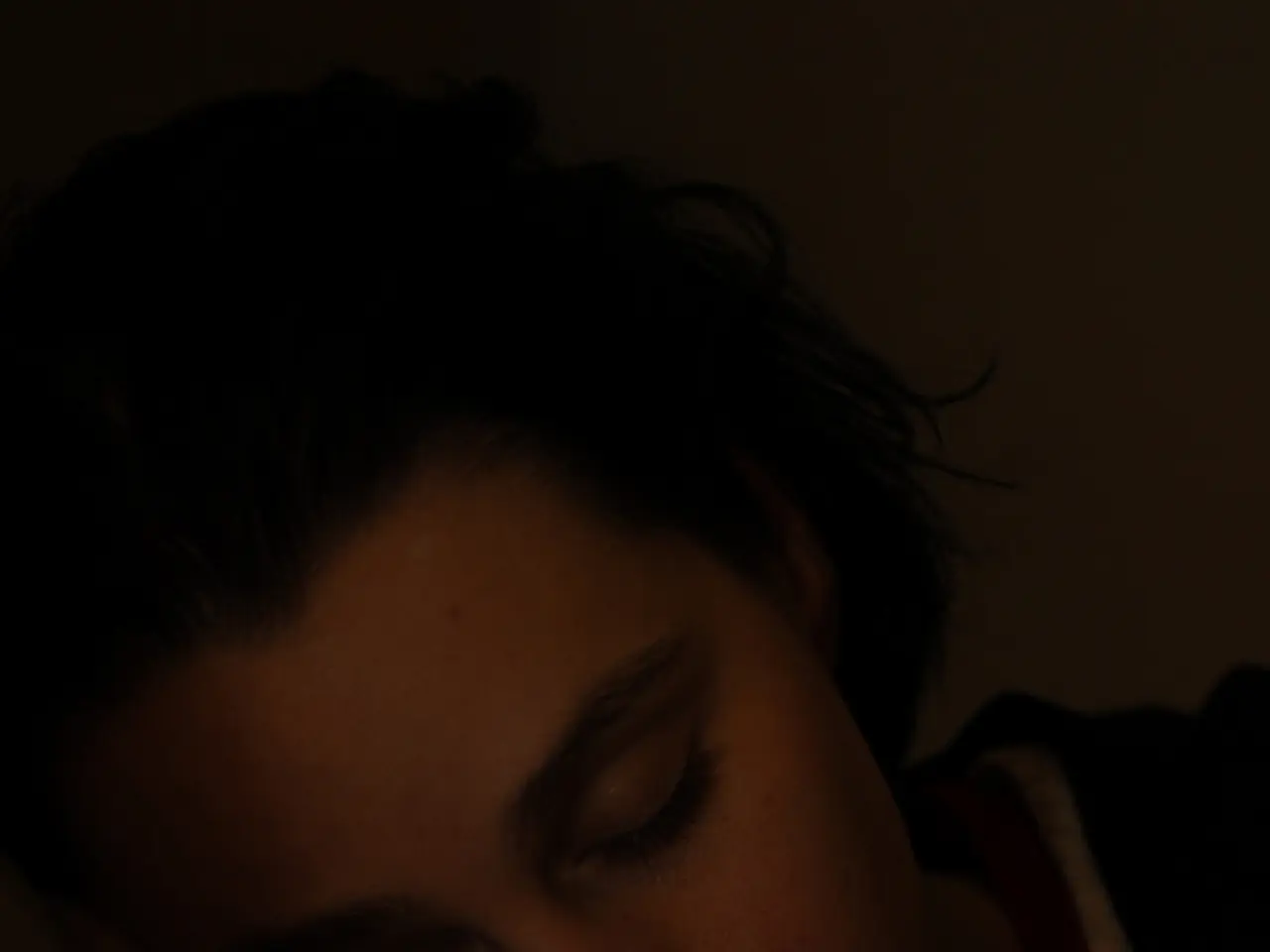Researchers Unravel Mysteries Around Dreaming: Timing and Causes Explored
Unraveling the Mysteries of Dreams: New Research Offers Insights
A groundbreaking study led by Francesca Siclari and her team at the University of Wisconsin-Madison has shed light on the enigmatic world of dreams, potentially offering explanations for why dreams occur and when they take place.
Contrary to popular belief, dreams are not solely confined to Rapid Eye Movement (REM) sleep. The research suggests that dreams can occur during both REM and non-REM sleep stages. Interestingly, dreams are more frequent during REM sleep, but they can still happen during non-REM sleep as well.
One aspect of dreams that continues to puzzle scientists is lucid dreaming, a state where dreamers are aware they are dreaming and sometimes can exert control over the dream content. The research by Siclari's team could potentially provide insights into the occurrence of lucid dreaming.
Lucid dreaming is currently understood as a distinct state of consciousness separate from both wakefulness and regular REM sleep, characterized by unique neural activity patterns. This state allows the dreamer to be aware they are dreaming and sometimes to exert control over the dream content.
In terms of brain regions, the dorsolateral prefrontal cortex (DLPFC) shows increased activity during lucid dreaming. This region is crucial for executive functions like self-awareness and insight, which are heightened in lucid dreams and differentiate them from typical REM sleep dreaming.
The prefrontal cortex in general is more active in lucid dreaming compared to non-lucid dreaming states, supporting meta-cognitive functions that enable the awareness of dreaming.
Dreaming itself involves multiple brain areas engaged in generating sensory and narrative content. Visual imagery during dreams is produced by activating the same brain structures involved in visual perception when awake, especially those downstream from the eyes.
The "left-brain interpreter" theory suggests the left hemisphere tries to make sense of fragmented neural signals into coherent narrative dreams even when some cortical areas are partially deactivated during REM sleep.
Dream recall relies on waking brain functions that can reconstruct or interpret dream events, often from sparse or scattered neural information during sleep stages.
Decreased activity in the "posterior cortical hot zone" is connected to dreaming. High frequency activity in the brain region responsible for facial recognition occurs during dreams involving faces.
While dreaming, various specific regions of the brain are active, similar to when awake. The dreaming brain and the waking brain are more similar than previously imagined, according to the research.
The exact reasons for dreaming are still not fully understood. However, the research by Siclari's team has found connections between brain activity and dream content, offering potential avenues for future research.
Furthermore, dreams can be influenced by one's mood. As the research progresses, understanding these connections could lead to new insights into mental health and sleep disorders.
In conclusion, the study by Francesca Siclari's team provides valuable insights into the complex world of dreams, bridging the gap between the dreaming and waking brain. While many questions remain, this research brings us one step closer to understanding the enigmatic realm of dreams.
[1] Siclari, F., et al. (2022). Neural correlates of lucid dreaming: A review. Sleep Medicine Reviews. [2] Lacune, G., et al. (2018). The Neurobiology of Dreaming: An Update on the State of the Art. Sleep Medicine Clinics. [3] LaBerge, S. L., & Rheingold, H. L. (1990). Exploring the world of lucid dreaming: A user's guide to the lucid dream experience. Chronicle Books. [4] Schredl, M., & Erlacher, T. (2010). Dreaming: An Introduction to the Study of Dreams. Karnac Books. [5] Hobson, J. A., & McCarley, R. W. (1977). The brain as a perceptual organ in sleep and dreaming. Sleep Research, 6(1), 53-70.
- The study by Siclari's team suggests that mental health could be influenced by dreaming, as understanding the connections between brain activity and dream content may lead to new insights into sleep disorders.
- As dreams can occur during both REM and non-REM sleep stages, health-and-wellness, including mental health, might be linked to the neural activity patterns that characterize lucid dreaming and differentiate it from regular REM sleep dreaming.




